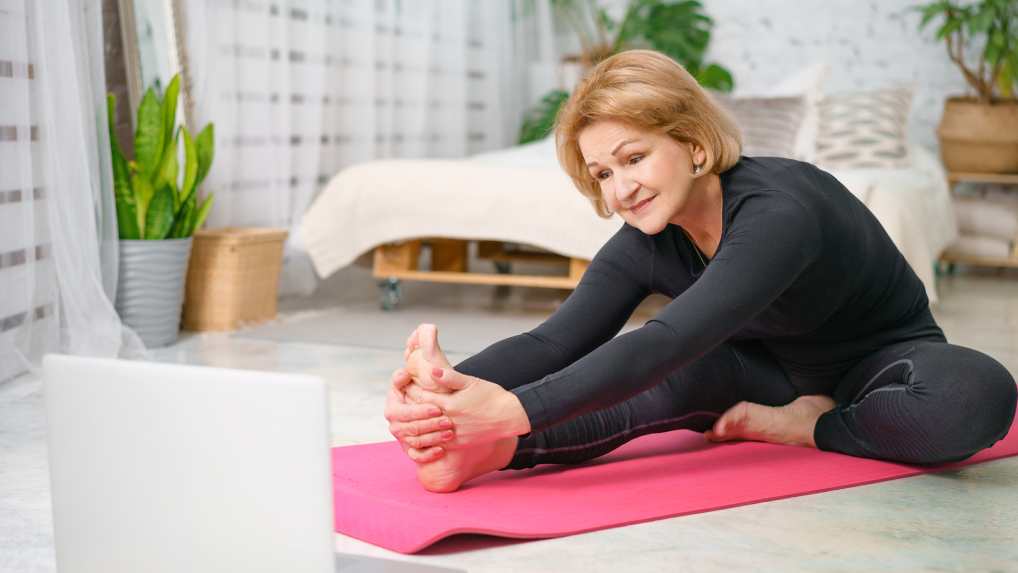50 or over? Here are five fitness myths debunked

Myth: I’m inflexible, and I have to accept that
Many people say they're inflexible, but what they really mean is that their body is tight. Although our genes play a role in how well your body can bend and stretch, you can improve on what you've inherited by adding regular stretching or yoga to your routine. Need more convincing?
Could you hold this yoga pose if your life depended on it? Read on to find out.
Myth: I’m injured – I should wait to start working out
Doctors encourage people with hip or knee replacements to start moving as soon as possible; the reason is that keeping circulation strong and active can help speed healing. So if you have an injury, talk to your doctor or work with a trained professional to get back on your feet. “There is plenty of research that indicates a substantial pain benefit from starting a basic exercise program,” says McCann. “Improving strength and flexibility helps reduce joint irritability and improves joint lubrication.” He points to research demonstrating that exercise can reduce the psychological and emotional stress that can exacerbate pain.
Here are some important things to know about knee replacements.
Myth: High-intensity interval training is dangerous
Time and time again, research has demonstrated that high-intensity interval training (HIIT) is one of the most effective ways to get in shape. If you’re uncertain about this technique, sign up with a fitness professional to ensure success, Jones says, but remember that it’s a form of training that can be effective for people of all ages. “HIIT has even shown to be helpful for people that have heart disease and diabetes.”
Don’t miss this at-home HIIT workout you can do every day.
Myth: Squats will wreck my knees
There’s a reason so many trainers say their favourite exercise is a squat. “Properly performed squats will not result in knee pain or injury – they’re one of the staples of a well-rounded exercise program that can help you get a stronger lower body,” says physiotherapist, Christina Prevett.
Myth: I can’t exercise, I have ‘bone on bone’ arthritis.
“We need to think of arthritis like grey hair – it’s a part of the aging process,” says Prevett. “That said, studies looking at people with no pain in their knees have found signs of ‘bone on bone’ arthritis. Many people with signs of arthritis on an X-ray report no pain in their knees. So you can exercise, even if you have arthritis. It will not accelerate the development of arthritis, especially if you exercise under the guidance of a well-trained healthcare provider or fitness professional.” It’s also worth mentioning that keeping your weight in check is one of the ways to ease arthritis symptoms.
Read on for some surprising arthritis facts.
Written by Sharon Feiereisen. This article first appeared in Reader’s Digest. For more of what you love from the world’s best-loved magazine, here’s our best subscription offer.
